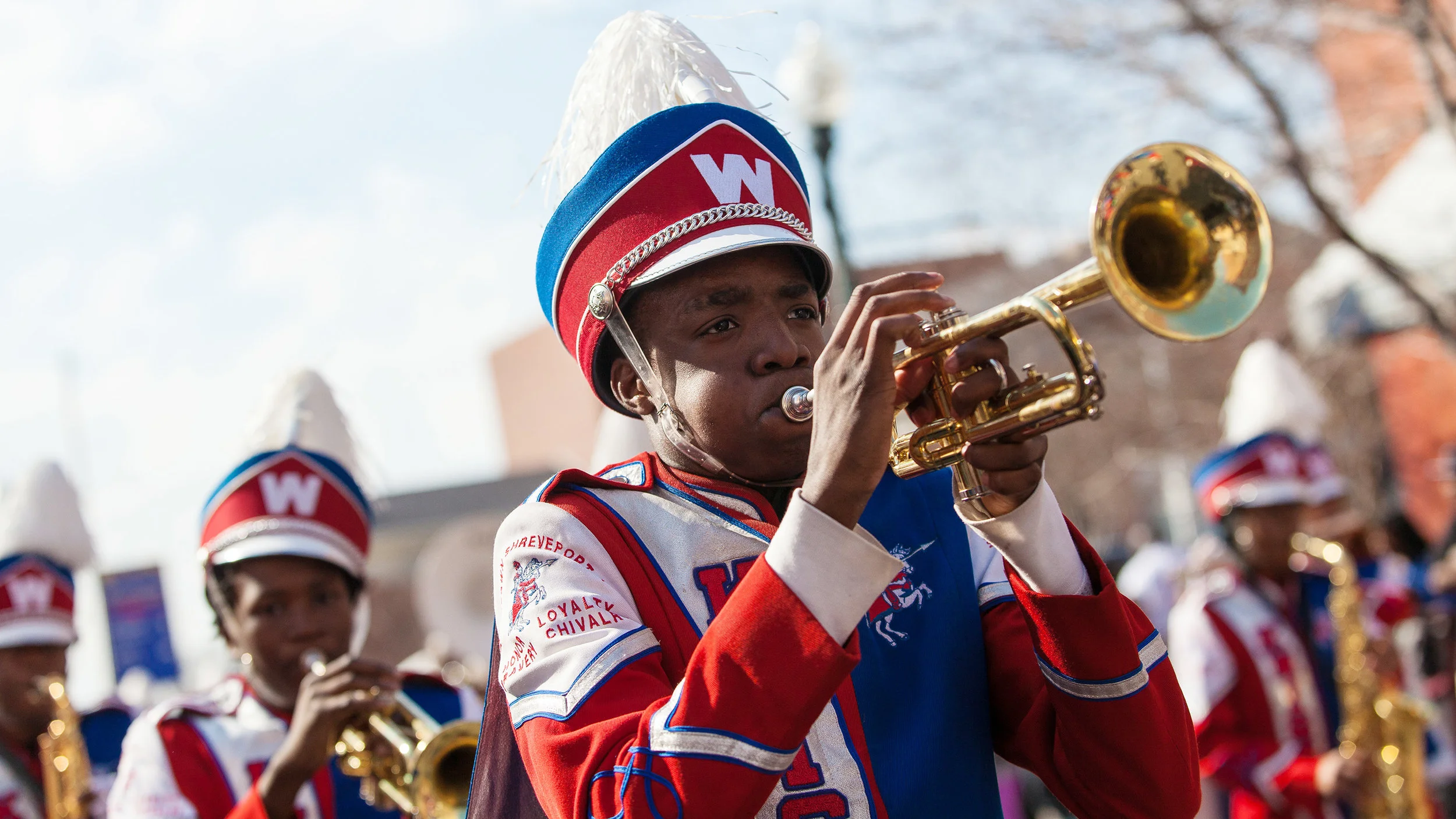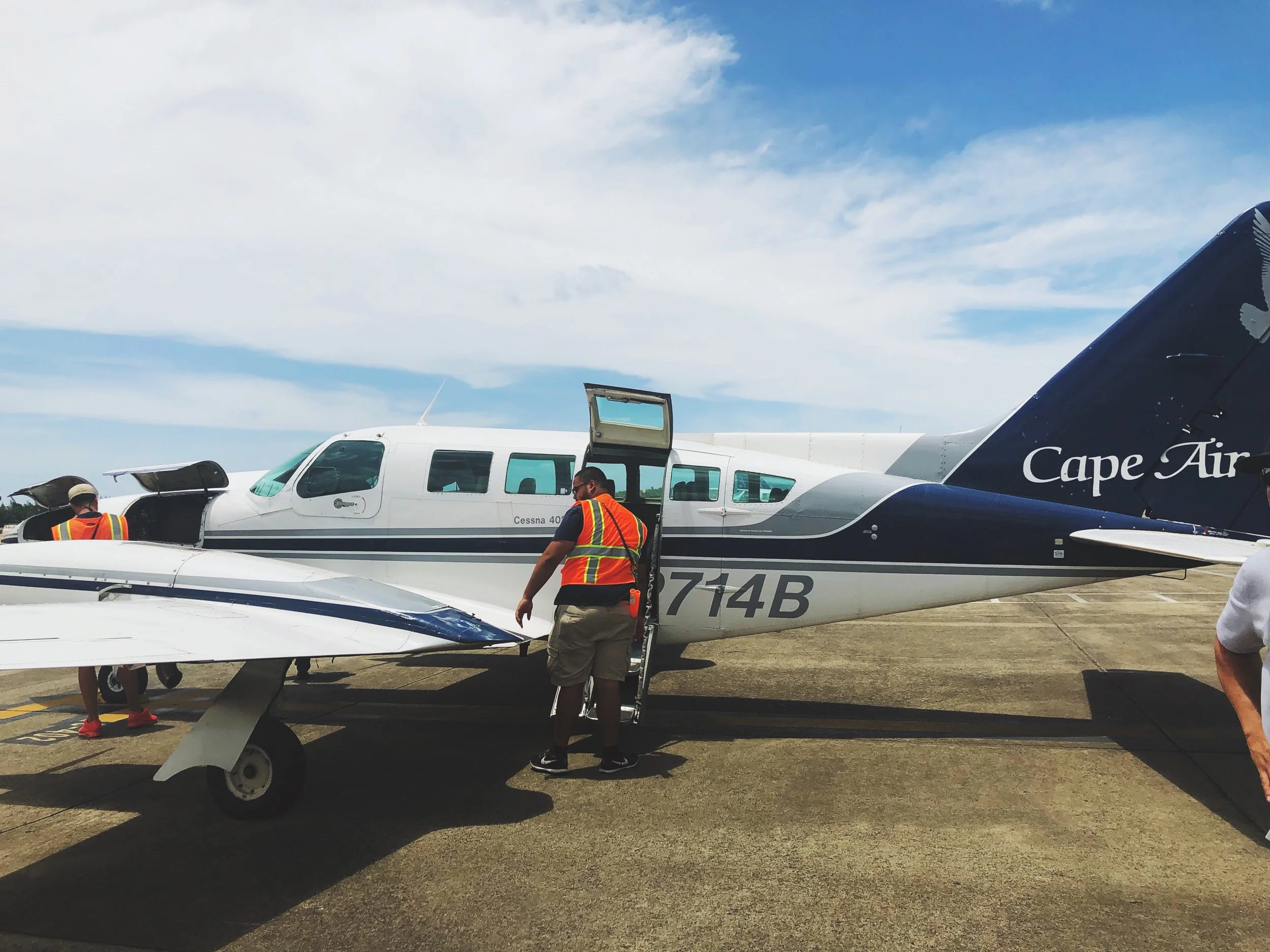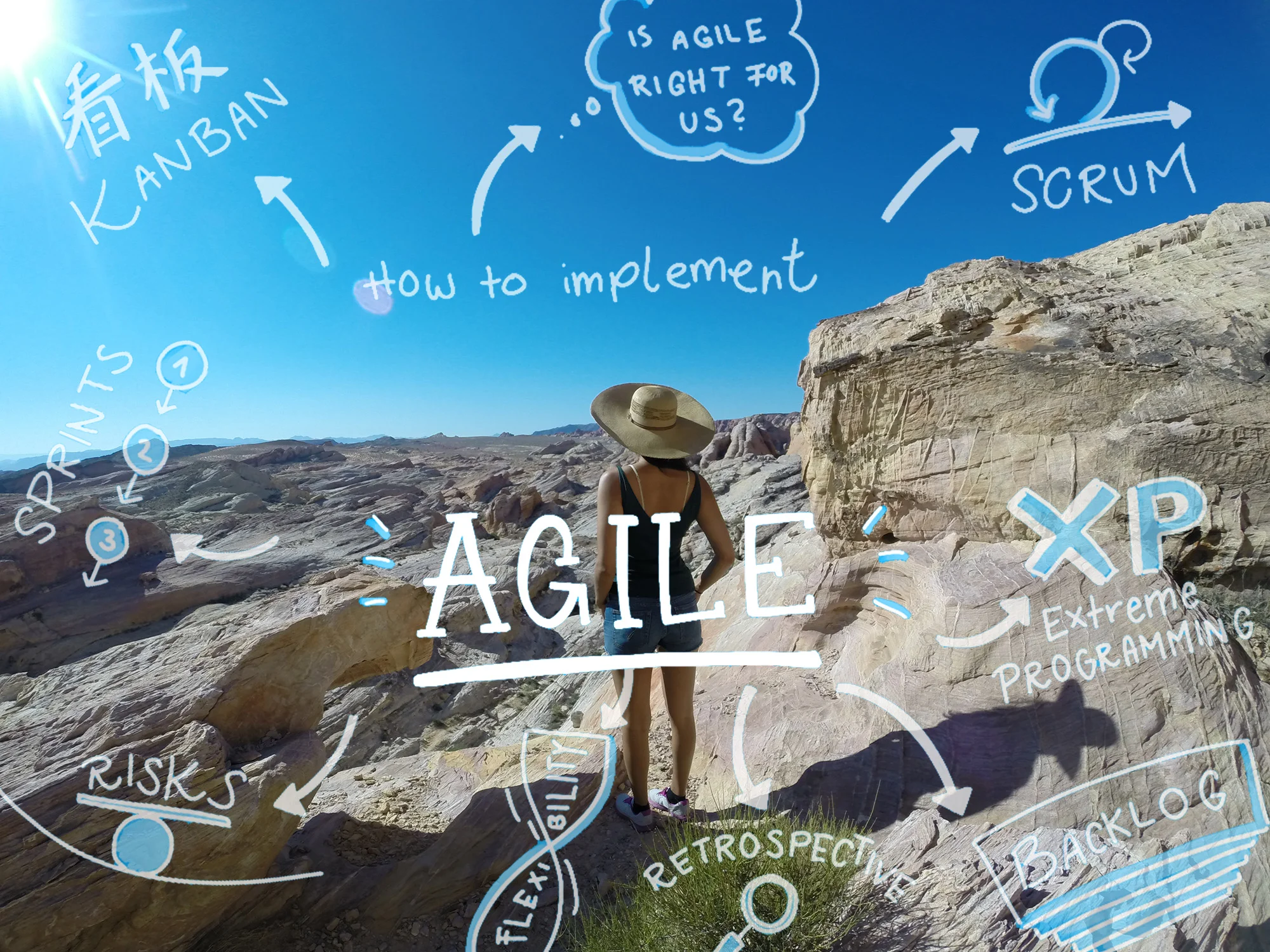‘Change’ designed to fit on a billboard is constrained by the size of a single billboard. We all know that. I’m not sure any of us would see that in the airport and think, “Right on! My organization needs to address child poverty / invent new energy / distribute more food / design the city of tomorrow. I’m going to book a call with ABC Consulting and get it done by next Tuesday!” But when we’re working towards long-game change, you’re going to be uncomfortable. Which is exactly how you’re supposed to feel, if the change is going to be real.
Read MoreOn one day, Otto Scharmer may be just the right thing to nudge people ahead. On another, we may pull out some Art of Hosting rules to make sure everyone’s listening openly, or we may map out a series of Agile-inspired sprints to get everyone’s sleeves rolled-up. None of the theories above are big enough to hold what we do. We use pieces of them all and are attached to none. Isn’t it freeing?
Read MoreA story goes that The Beatles felt they played their best music live, in front of an audience. That people listening is what made the music come alive. It’s the same for every art, every interaction, and every collaboration: the quality of listening you give will impact what people say and how well they say it.
Read MoreIn a new environment or in changing conditions, we are mercilessly removed from what feels familiar and safe. We can no longer navigate. When our perspective changes—especially if that shift is unexpected, unfamiliar, or out of our control—we resist. So let’s say you’re right up at a windshield. You can’t see where you’re going. Things are unfolding in a way that feels disorienting, and even upsetting. Remember these two things…
Read MoreSo far, The Outside has been highly emergent and highly self-organizing, but we need structure for order, and order for growth. Not growth in the interest of capacity alone—‘do more work’—but the kind of growth that aligns with our values as partners, parents, friends, and practitioners. After all, if we can’t manage our own change, how can we manage anyone else’s?
Read More“It’s like all of us—all these disparate people and organizations—have dumped out all their streams-of-consciousness on a shared floor. And we’re all standing around looking at it, moving it around. We see redundancies and baggage and a lot that’s shared. We see material and meaning. Even though a lot of our energy in these early days is looking at the mess, we also see confirmation that where we’re going is the right way.” —Joel Veborg
Read MoreIn season one’s final episode, Tim and Tuesday wrap a year of incredible conversations with a summer assignment: how do we cultivate readiness? Along the road as systems change facilitators, we wonder: are we really doing what we set out to do? And how can we find fertile and steady ground in emergent work?
Read MoreThis flash moment of Tim’s slam poetry represents a key turning point we’ll be talking about in the coming week or two with a few clients and collaborators: the process design of how we work together. What kind of flow makes space for new ideas takes shape? What intentions do we share, and how should we best show up in the service of them?
Read MoreIn episode twenty, Tim and Tuesday dig into the substance of change—how to cultivate the kind of big-picture view that validates a good forward path. Most leaders have a few quantified and qualified perspectives on the current reality, but how can we extend our line of sight to future-making?
Read MoreHave you ever had a year like this? When an unprecedented professional leap (movement, idea, project) emerges, it comes with a pretty substantial to-do list of personal growth, and you’re left spinning. You know you need to leap your self ahead in-step with your career—and fast. I knew what was to come, and had a sense that I’d have to change to accommodate this big shift.
Read MoreIn episode nineteen, Tim and Tuesday tell the story of an improvised process in the middle of a three-day session. As facilitators, how can we orchestrate memorable, game-changing breakthroughs or surges ahead in understanding? What is the deeper architecture of participation?
Read MoreWhen we visualize well, we help the work of change leave the room. We make sure the progress, optimism, depth, and electricity of an intensive session is carried into an organization’s daily life. When we visualize change, we are smarter together as we move forward. Good visuals are a rallying cry.
Read MoreIn episode eighteen, Tim and Tuesday explore how we work with distributed teams: as ‘managers of one’, how can we keep a strong connection? How can we navigate highly complex issues and change processes in an elegant way in the context of a rapidly-growing and remote business?
Read MoreToday’s post is a collaboration with Lex Schroeder, who writes: “Having come up in the systems thinking and Art of Hosting communities, and having spent a great deal of time learning participatory leadership methods, I tell stories that reflect back a group’s learning. Without speaking for individuals or for the group as a whole, I try to catch the group’s collective intelligence and make visible new insights.”
Read MoreIn episode seventeen, Tim and Tuesday talk about the difference between being clear and having a feeling of clarity—even through confusion. How can we train ourselves to stay open and keep moving forward in rooms electric with uncertainty? What can we do to ensure our energy as leaders is a renewable resource?
Read MoreWhen multiple organizations come together with good intentions of sharing change, how do we open up and co-own new ways of working, sharing, and learning? In this video from the Malmö experience, Tim explores the state of being—and the leap of faith—essential to cross-sector, cross-organizational change.
Read MoreInterview with Joel Veborg and Rodolpho Zuniga of Save The Children, and Sabina Tethorey of City of Malmö. Forward Malmö is a movement that brings together a number of organizations with shared and overlapping mandates to multi-sector, multi-stakeholder change. How can we best convene to change the conditions that impact shared problems?
Read MoreAt a working session on systems change last fall, Tim and Tuesday's opening remarks focused on how to show up. If we’re going to approach difference differently—in the interest of different (better!) results—how should we fend-off the shut-down of our automatic turf protection mode?
Read MoreIn episode fifteen, Tim and Tuesday share insights on their many rapid-pace leaps and lessons over the last year. The Outside’s team, delivery, story, and facilitation is a constant iteration—a balance of incredible field work, personal growth, and big building. This week, they explore how to do justice to the work—and work to justice.
Read MoreHappy birthday to us Outsiders—from launch day in March 2018 to now, we’re into our second year of existence. Tim and I got together to reflect on such a big, challenging, and exciting year—one rich with expansion and travel, new movements and longtime colleagues.
Read More



















